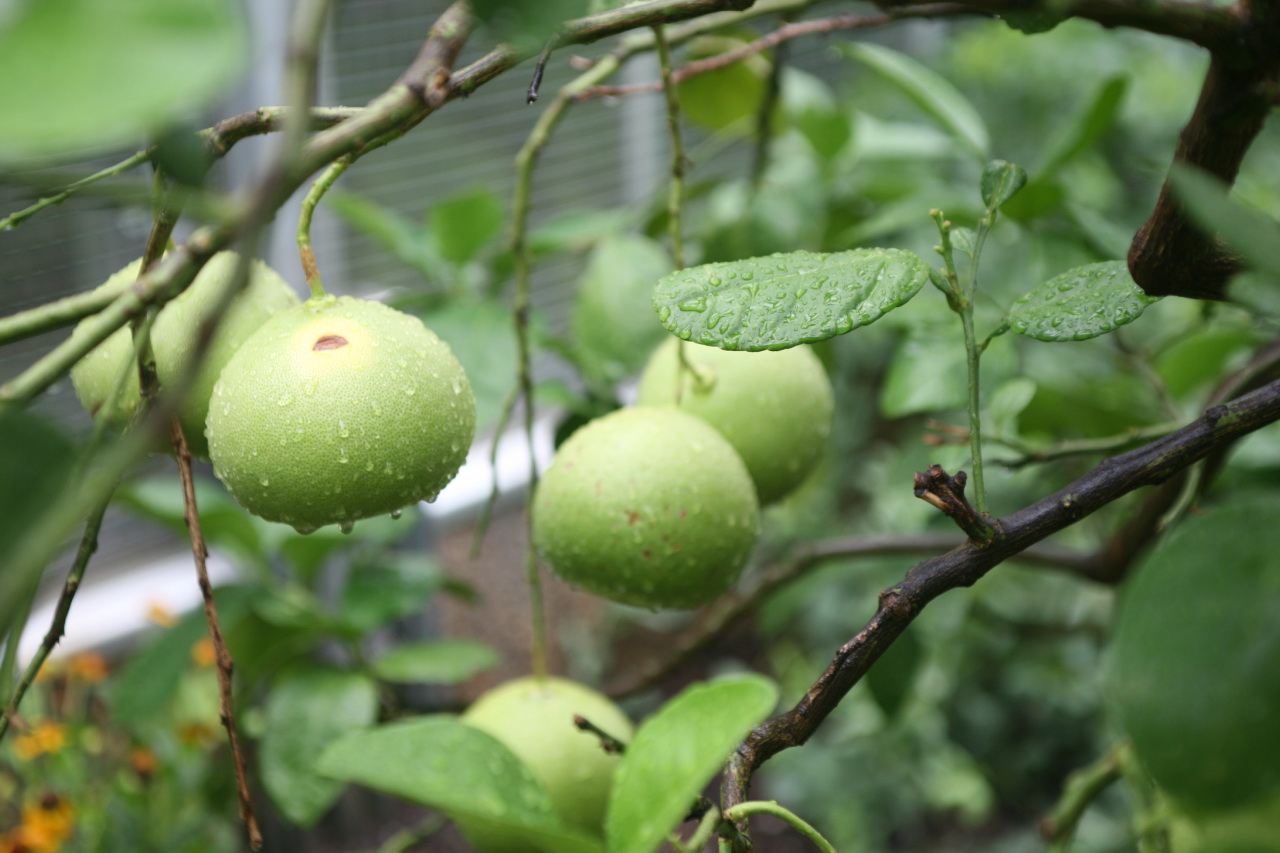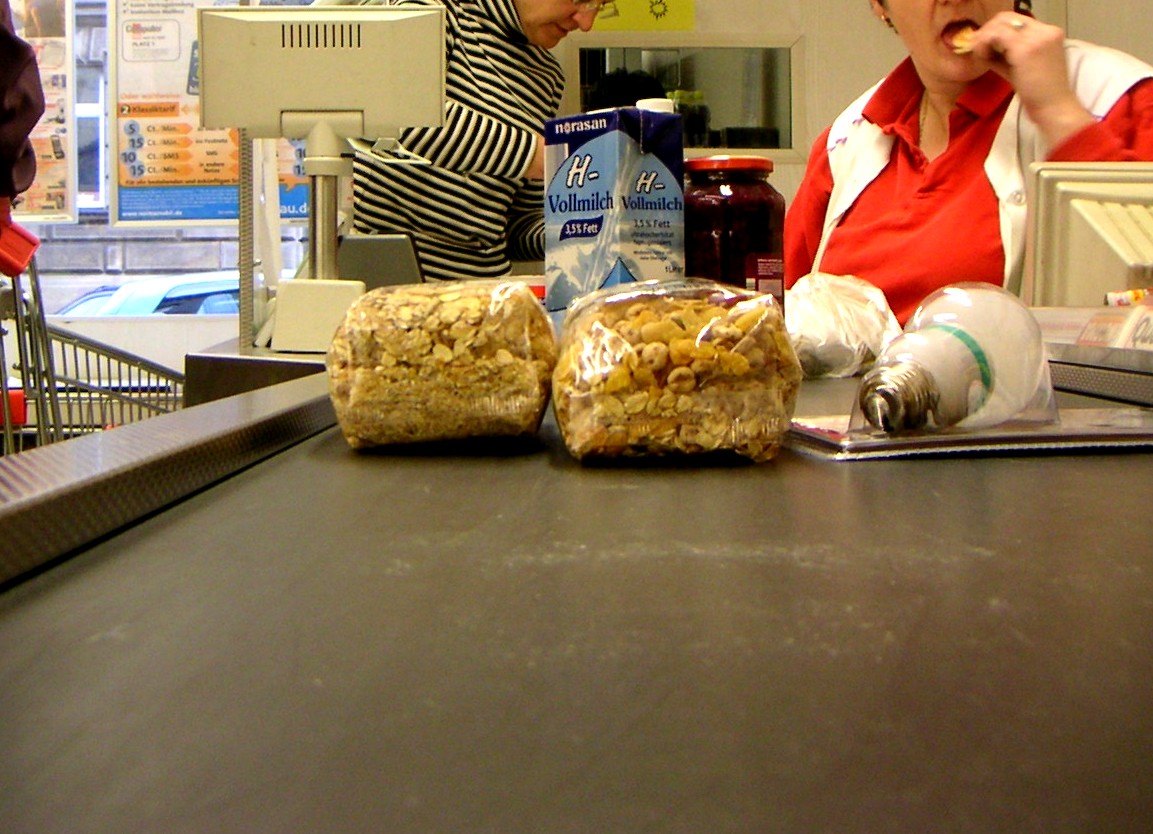Posts from the "Latest News" category
“So, why don’t we have a food safety regulation for Australian growers?” asks Richard Bennett
I haven’t found many growers who like regulation. The very thought of another regulation conjures up responses around more red or green tape, if it has to be regulated then it must be something I wouldn’t do voluntarily, it can’t have any commercial benefit, more bureaucracy wanting more of my…
New food safety & technology post by Richard Bennett on the PMA A-NZ Blog. Click here to view the full post.
Image credit: Carl Clifford/Flickr, CC BY 2.0
Yersinia Bug Prompts Hygiene Reminder
HortNZ: The New Zealand Ministry for Primary Industries (which takes responsibility for food safety) is investigating an increase in the occurrence of a gastrointestinal illness this winter caused by a bacteria called ‘Yersinia pseudotuberculosis’.
The Canterbury District Health Board Medical Officer of Health has made claims in the media today that the disease can be linked to bagged carrots and lettuce, and has recommended people throw away these products if they have them in the fridge.
Read the full article by Horticulture New Zealand
The press release from the Ministry for Primary Industries is available here.
Image credit: Dr. Todd Parker / CDC / Wikimedia
Center for Produce Safety Awards $2.8M to Fourteen Projects
Center for Produce Safety: Davis, California, October 6, 2014 – The Center for Produce Safety (CPS) today announced fourteen new grant awards valued at $2.8 million. The research awards are directed at answering critical questions in specific areas of food safety practices for fruit, vegetable and tree nut production; pre-harvest, harvest and post-harvest handling; and co-management of food safety and the environment. The objective is to provide the produce industry with practical, translatable research data that can be used at all levels of the supply chain.
To read the full article, including a brief description of each new project, please visit cps.ucdavis.edu
Food Safety Quiz
ABC Health and Wellbeing: Do you know whether it’s chocolate mousse or baked custard that’s more likely to cause salmonella? Take our food safety quiz and learn how to enjoy your next picnic, without having to worry about uninvited ‘guests’.
Take the quiz at abc.net.au
Image credit: truth82/Flickr, CC BY 2.0
Top 5 Business Trends for Horticulture
Russell Cummings writes: Our businesses are becoming more complex. In today’s environment, I have coined the term “V squared” to explain that the business environment is “Volatile” (more complex) and is accelerating to an unprecedented “Velocity.”
There are a number of emerging trends [including food safety] that I believe will significantly impact on Australian horticulture in the coming years, however, I have chosen 5 key trends that I believe will create opportunities for entrepreneurial horticulture businesses.
Watch the video at horticulture-nextgeneration.com.au
Image credit: openclipart.org
Analysis of International Food Safety Violations – 2013
Scott Witt & Zak Solomon write: In 2013, Food Sentry added over 3,400 verified instances of food safety violations associated with products exported from 117 countries. The incidents in the dataset were comprised of raw or minimally processed food items that were found to be in violation of the inspecting country’s regulatory scheme. Specifically, Food Sentry identified violations by product type as follows: seafood (23.5%); vegetables (20%); fruits (13.8%); herbs/spices (8.9%); dairy (7.5%); grains (7.1%); meats (7.0%); nuts/seeds (6.5%); other (5.7%).
According to the data, the countries that were the top ten sources of violative products in 2013 were (in order of frequency): India, China, Mexico, France, United States, Vietnam, Brazil, Dominican Republic, Turkey, and Spain. Each of these countries is a substantial food exporter and it is likely that their products are tested more frequently than other countries.
Read the full article at foodsentry.org
Food safety in stark focus
Paul Dykes writes: As a country that grows, processes and sells food products, New Zealand cannot afford to rest on its laurels when it comes to food safety, especially since the Fonterra botulism scare.
Farmers and rural leaders rate food safety almost as highly as biosecurity, a KPMG survey has found, most agreeing that our food safety system cannot be allowed to stagnate.
Read the full article at the NZ Herald website
Influenza pandemic will impact on fresh and processed produce industry, writes Richard Bennett
On 23rd September, SBS ONE’s Insight program ran a hypothetical-style question and answer forum on the subject of the impact of an influenza pandemic on the Australian community. The discussion included the health sector response, the rush to produce an effective vaccine, the role of emergency services, the impact on the Australian economy and how we would maintain the supply of food to the Australian population.
New food safety & technology post by Richard Bennett on the PMA A-NZ Blog. View the full post here: http://ift.tt/1t1b1N0
Image credit: Dr Terrence Tumpey
USA Food & Drug Administration 2014 Food Safety Challenge
US Food and Drug Administration: The 2014 FDA Food Safety Challenge is a call to scientists, academics, entrepreneurs, and innovators from all disciplines to submit concepts applying novel and/or advanced methodologies to foster revolutionary improvements in foodborne pathogen detection. Specifically, concepts should apply cutting-edge techniques to achieve significant improvements in the speed of the FDA’s detection methods for Salmonella with identification to the subtype/serovar level in minimally processed fresh produce.
To read the full article, please visit www.foodsafetychallenge.com
Hidden Contamination at Checkout: Grocery Conveyor Belts
March Dorfman writes: “Few places are dirtier than the checkstand conveyor belts at your local supermarket. Going round and round, year after year, conveyor belts may look clean, but they are actually a breeding ground for unwanted bacteria. Shoppers place billions of products on these contaminated belts, exposing foods — and families — to potentially harmful pathogens.
Checkstand belts are made from PVC, a petroleum-based material that’s durable, but it acts like a petri dish for bacteria.”
Read the full article at Food Safety News
Image credit:






